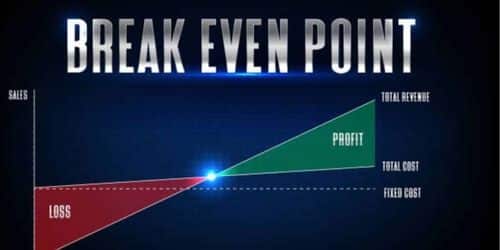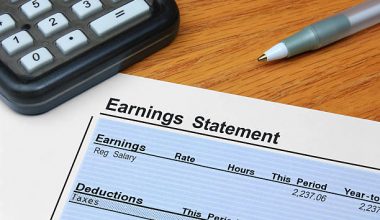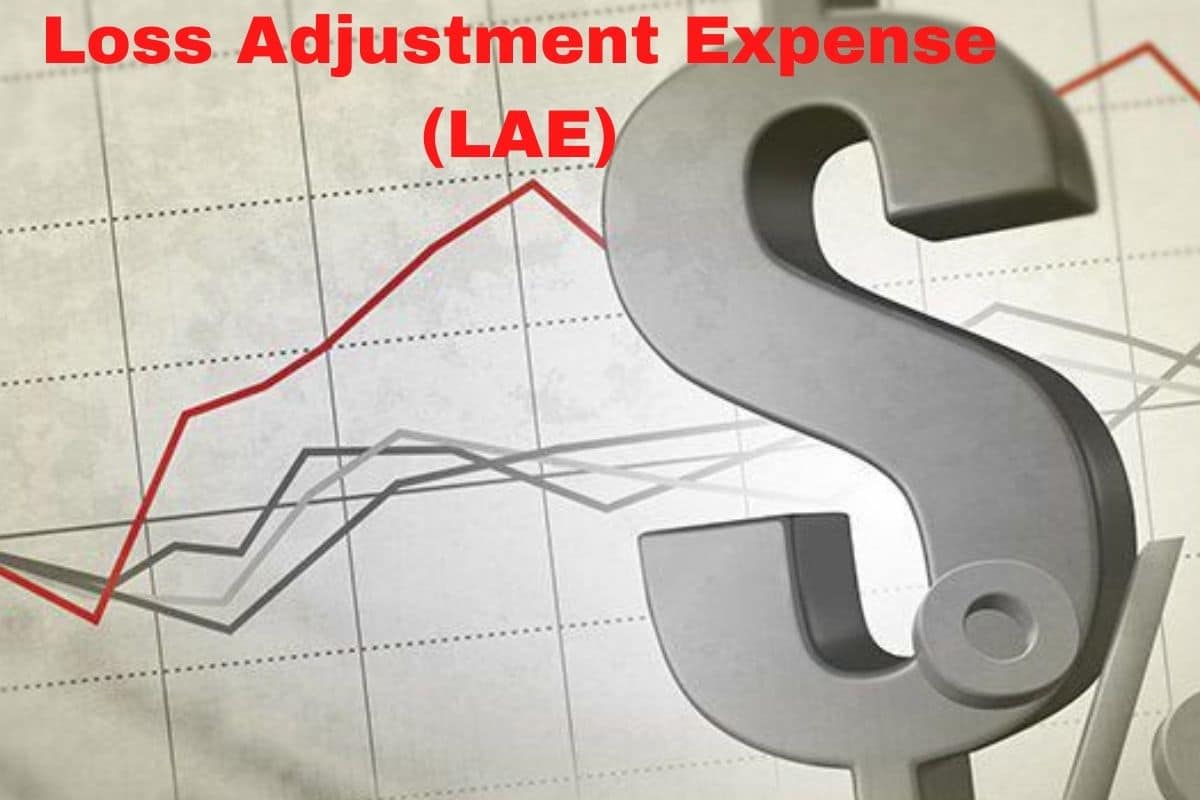When a company reaches its break-even point, its total sales equal its total expenses. There are several benefits of break-even analysis to a business.
Break Even Point
The production level at which a product’s costs and revenues are equal is the breakeven point. When the market value of an asset equals its initial cost, it is said to have reached the breakeven point in investing. Similarly, you determine a company’s breakeven point by taking its fixed costs and dividing them by its gross profit margin percentage.
Breakeven points (BEPs) are useful in a variety of situations. For instance, the amount a homeowner would need to make from a sale of a property to precisely cover the net purchase price, inclusive of closing costs, taxes, fees, insurance, and interest paid on the mortgage—as well as costs relating to maintenance and home improvements—is the breakeven point. The homeowner would precisely break even at that cost, making no profit or loss.
Break Even Point Formula
You can calculate the amount a business needs to break even by using the breakeven formula. By figuring out the contribution margin (unit sale price less variable costs). To determine how many units a business needs to break even, divide the fixed costs by the contribution margin. The first pieces of data you need are fixed costs and the gross margin percentage
You need the following information necessary for the break-even point:
#1. Fixed Costs
Fixed costs remain the same, regardless of the total number of sales you make. These are the costs you incur to maintain your business, like rent and insurance.
#2. Variable Costs
Variable costs, on the other hand, fluctuate according to your sales activity. Your variable costs rise as you sell more products. Direct labor and direct material expenses are two instances of variable costs.
#3. The Product’s Selling Price
Your selling price is the amount you demand a single item or service.
Break-even formula:
Break-even Point Per Unit = Fixed Costs / (Sales Price Per Unit – Variable Costs Per Unit)
The term “contribution margin” also refers to the difference between the sales price per unit and the variable cost per unit. You can see how much profit you keep from a sale by looking at your contribution margin.
The difference between your unit price and variable costs per unit and your total fixed costs equals the break-even point. Remember that while the sales price and variable costs are only per unit, fixed costs account for all costs.
Use the following formula to determine your sales break-even point:
Break-even Point for Sales Dollars = Fixed Costs / [(Sales – Variable Costs) / Sales]
Break Even Point Example
Assuming a business has a 20% gross margin and fixed costs of $3 million. Its breakeven point is $15 million ($3 million ÷ 0.20). The company needs to make $15 million in sales to cover its fixed and variable costs in this example of the breakeven point. If sales rise, the company will make a profit. Consequently, there will be a loss if it produces fewer sales.
Say you own a bookstore and want to find your break-even point in terms of units sold. Your total fixed costs are $10,000, your variable costs per unit are $15, and your sales price per unit is $45. After calculating, insert the total into the break-even formula to find out your break-even point in units.
$10,000 / ($45 – $15) = 333 units
You have to sell a total of 333 units to break even.
Let’s take a look at how cutting costs can impact your break-even point. Say your variable costs decrease to $5 per unit, and your fixed costs and sales price per unit stay the same.
$10,000 / ($45 – $5)
$10,000 / $40 = 250 units
From the above, when you decrease your variable costs per unit from $15 to $5, it takes fewer units to break even. In this case, you would need to sell 250 units (instead of 333) to break even.
Break-even point in sales dollars
The break-even point in dollars is the amount of revenue you need to bring in to break even. You can determine the sales break-even point by determining your contribution margin ratio.
Once more, this is where sales dollars break even:
Fixed Costs / [(Sales – Variable Costs) / Sales]
The second part of the above formula is for your contribution margin ratio: [(Sales – Variable Costs) / Sales]
To simplify things, let’s use the same amounts from the last example:
Fixed costs: $20,000
Variable costs per unit: $35
Sales price per unit: $70
First, find your contribution margin :
Contribution Margin = $70 – 35
Contribution Margin = $35
Then find your contribution margin ratio by dividing the contribution margin by the sales price per unit.
Contribution Margin Ratio = $35 / $70
Contribution Margin Ratio = 50% (or 0.50)
To find the company’s break-even point, divide the fixed costs by the contribution margin ratio.
Break-even point in sales = $20,000 / 0.50
You would need to make $40,000 in sales to hit your break-even point
Benefits of A Break-Even Analysis
A break-even analysis can be useful for setting goals, managing emotional decision-making, obtaining funding, and establishing fair prices.
#1. Appropriate Pricing.
You can determine how much to charge for your products while still making a profit by performing a break-even analysis. Setting appropriate pricing for goods and services serves as one of the benefits of break-even analysis.
#2. Obtaining Funding
To obtain funding and present your business plan to investors, you will frequently need to conduct a break-even analysis.
#3. Tracking Down Omitted Expenses.
A break-even analysis can help you identify costs that you might not have anticipated without them. There won’t be any surprises later on because you will establish your financial obligations after a break-even analysis.
#4. Limiting Emotionally-Driven Decisions.
Although it’s rarely a good idea, and challenging to avoid, you can limit basing business decisions on emotions. A break-even analysis provides you with concrete information, which is a better starting point for business decisions. Break-even analysis benefits an organization by limiting decisions based on emotions.
#5. Setting Objectives and Goals
Break-even analysis benefits a business by setting achievable goals and objectives. Following a break-even analysis, you will be able to pinpoint the specific goals that you can to turn a profit. This aids in setting and achieving goals. If you experience a loss if your company’s revenue falls short of the break-even point.
What Is A Break-Even Point (BEP)?
By comparing an asset’s market price to its initial cost, you can find the breakeven point (breakeven price) for a trade or investment. In cost accounting, this is referred to as the break-even point, which occurs when your company’s overall revenue and overall costs are equal. You can figure it out by deducting your variable costs per unit from your sales price, then dividing the outcome by your overall fixed costs per unit. It helps a company predict when it will be profitable.
What’s The Difference between Break-Even Analysis and Break-Even Point?
The number of units that must be sold of a product to cover fixed and variable production costs is revealed by break-even analysis. The break-even point, however, is regarded as an indicator of the safety margin.
Controls the size of units to be sold: The company or the owner can determine how many units must be sold to cover costs using a break-even analysis. To assess the break-even analysis, the variable cost, the selling price of a specific product, and the total cost are needed.
Budgeting and setting goals: Since the business or owner is aware of the point at which a venture can achieve a profit, they can easily fix a target and adjust the budget for the company as necessary. It is also possible to use this analysis to help a business set reasonable goals.
Control the safety margin: A company’s sales typically decline during a financial collapse. The break-even analysis assists the company in determining the fewest number of sales required to make a profit. With the margin of safety reports, management used break-even analysis to make a significant business decision.
Monitor and control costs: Both fixed and variable costs have an impact on a company’s profit margin. Therefore, break-even analysis allows management to determine whether any effects are affecting costs.
Helps in the creation of pricing strategies: If the cost of a product changes, the break-even point may change as well. The amount of the product that must be sold to break even, for instance, will decrease if the selling price is increased. Similarly to this, if the selling price drops, a business must sell more to break even.
How Do You Calculate A Breakeven Point?
Usually, to calculate the point at which a business will break even, fixed costs are divided by gross profit margin. This yields the amount of money a business needs to make a profit. To calculate the break-even point, multiply the price per unit multiplied by the sum of the fixed production costs, minus the variable production costs. No matter how many units are sold, a fixed cost remains the same.
In Summary,
The price, yield, profit, or other metrics that must be achieved to avoid a loss or to take back an initial investment is known as the breakeven point for a trade or project. As a result, a $1 million project would need to generate $1 million in net profits to turn a profit. When you achieve break-even, your business is not profitable. But there is no loss either.
Break Even Point FAQs
What Is A Break-Even Point?
This occurs when your company’s overall revenue and overall costs are equal
What Is The Benefit of Break Even Analysis?
Break-even analysis benefits a business by helping them set goals, obtain funding, and establish fair prices.
How Do You Calculate Break-Even Point?
To calculate the point at which a business will break even, you divide the fixed costs by the gross profit margin
Related Articles
- BREAK-EVEN PRICE: What is Break Even Point In Accounting?
- NPV: Meaning & How to Calculate It
- How to Calculate Break Even Point (Synonym: Calculate Break Even Point)
- SUNK COST: Meaning, Importance, and How to Determine It
- BREAK EVEN CALCULATOR for Social Security and Mortgage (+ Best Options)
- WHAT IS CONTRIBUTION MARGIN?: Formula and Calculations






